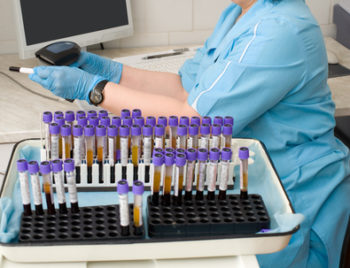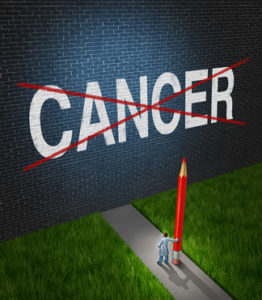
One of the biggest roadblocks to successful cancer treatment is the difficulty of differentiating between healthy and diseased tissue. Cancer immunotherapy helps to address this problem, and researchers have announced development of a new device that may also improve outcomes.
Removing Cancer While Sparing Healthy Tissue
Surgery is a primary tool in the diagnosis and treatment of cancer, but there’s a risk that some of the cancerous tissue may be left behind. Surgeons sometimes use cryosection, in which a frozen tissue sample is evaluated by a pathologist, but the method is time-consuming and not always accurate.
A study published in Science Translational Medicine reveals how a team of researchers in Texas created the MasSpec Pen to detect cancer in human tissue. This device uses the dysfunctional metabolism of cancer cells to differentiate them from normal cells.
Identifying Cancerous Cells Within Seconds
Once a molecular fingerprint has been drawn, the cells are analyzed using software that has been “trained” by processing hundreds of healthy and cancerous human tissue samples. Within 10 seconds, the sample is flagged as “Normal” or “Cancer.”
The research team tested 253 samples of both normal and cancerous tissue with an accuracy rate of more than 96 percent. When the device was tested on mice, it again proved accurate without causing damage to healthy tissue. Testing in human cancer surgeries is expected to begin in 2018.
Cancer Immunotherapy at Issels®: A Personalized Treatment Program
No two cases of cancer are identical. At Issels®, we create a cancer immunotherapy program based on your specific needs. Contact us for more information.





